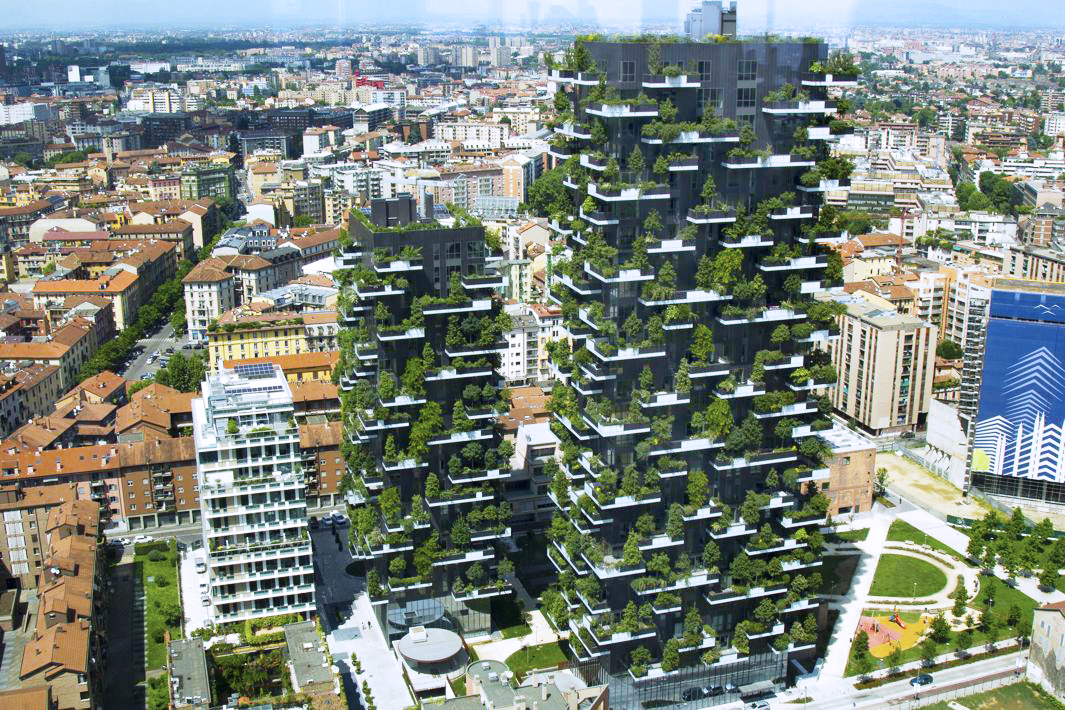In Milan, Italy’s celebrated fashion capital, steps are in place to change the color of the city from grey to green. Climate conditions and topography often lead to the city having somewhat overcast skies. Unfortunately, the greater cloud cover provides a means of trapping pollutants which provides hot and sticky weather during the summer. But scientists have an answer – change the city’s color palette from grey to green.
With everyone from the United Nations to the World Economic Forum expressing concerns about global warming, the greening of the Milan landscape may be just the ticket to improve the climate conditions. The city has ambitious plans to plant three million new trees by 2030, a move that experts believe can improve the weather in the city.
Because Milan lies close to the Alps, it gets very little wind to clear the pollutants that become blocked in by temperature inversions, where a layer of cool air is trapped by a layer of warmer air. The lack of wind also accentuates the urban heating.
Some projects have already contributed to environmental improvements. Architect Stefano Boeri’s striking Vertical Forest residential towers, completed in 2014 near the Garibaldi train station, are aimed at improving both the air quality and quality of life for Milan residents.
Mr. Boeri created a small island of greenery in the heart of Milan. His pair of high-rises are brimming with shrubs and trees that absorb carbon dioxide and pollutants. The Vertical Forest is able to absorb 30 tons of carbon dioxide each year and the shade provided by the 800 trees, 4,500 shrubs and 15,000 plants mean residents rarely have to put on air conditioning, even during the peak of Milan’s humid summers.
Official estimates are that the program, which will boost the number of trees by 30% in the metropolitan area, will absorb an additional five million tons of carbon dioxide each year – 80% of the total produced by Milan. It would also reduce temperatures in the city by about 3 ½° F.
The project to make Milan greener includes an ambitious plan to transform a redundant freight railway network into a series of seven parks, with 25,000 new trees to be added each year. Plans are in place to plant greenery on 108 million square feet of flat rooftops and planting trees in 2,300 school courtyards.
Other new green spaces already inaugurated include Mr. Boeri’s Library of Trees near the Vertical Forest, which includes 450 trees and 90,000 plants on 24 acres, including a children’s playground and a dog park. The Fondazione Feltrinelli also plans to create a park of 35,520 square feet, with plantain, magnolia, cherry and pear trees near its new headquarters.





